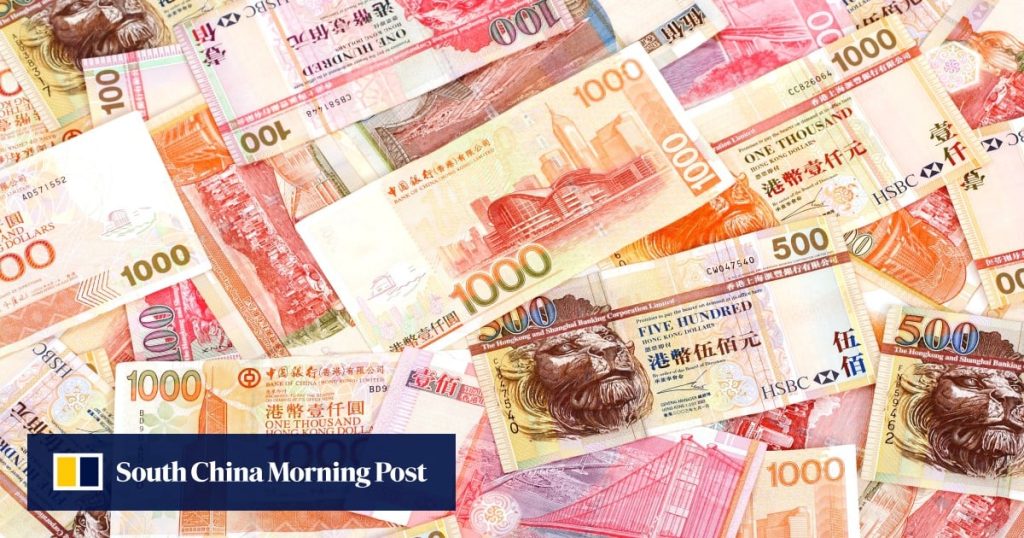However, these interventions mopped up excess liquidity in the banking sector, prodding up the Hong Kong interbank offered rate (Hibor), which will put more pressure on borrowers whose loans are based on the rate.
“The higher Hibor rate will definitely have a negative impact on the investment market and property trading,” said independent analyst Jasper Lo.
Hong Kong’s currency has been pegged to the US dollar since 1983 at a fixed exchange rate of HK$7.80 per US dollar. In 2005, the HKMA established a narrow trading band, allowing the Hong Kong dollar to fluctuate between HK$7.75 and HK$7.85. When the local currency’s exchange rate nears either end of that range, the HKMA buys or sells currency to alter the supply-demand equation and reel it back in.
The HKMA’s 12 recent interventions reduced the aggregate balance, a measure of banking-sector liquidity, by 69 per cent to HK$53.72 billion as of August 14 from a recent peak of HK$174 billion in May.


